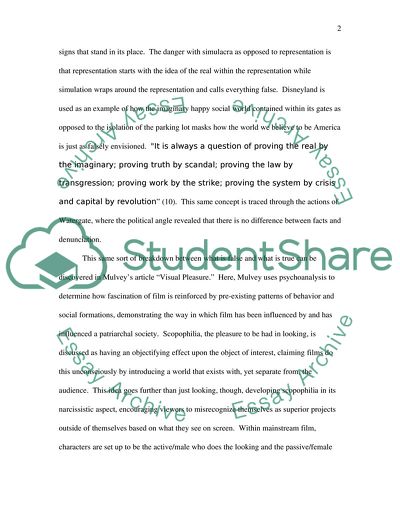Cite this document
(“Postmodernism and Theory Essay Example | Topics and Well Written Essays - 1000 words”, n.d.)
Postmodernism and Theory Essay Example | Topics and Well Written Essays - 1000 words. Retrieved from https://studentshare.org/visual-arts-film-studies/1550224-postmodernism-and-theory
Postmodernism and Theory Essay Example | Topics and Well Written Essays - 1000 words. Retrieved from https://studentshare.org/visual-arts-film-studies/1550224-postmodernism-and-theory
(Postmodernism and Theory Essay Example | Topics and Well Written Essays - 1000 Words)
Postmodernism and Theory Essay Example | Topics and Well Written Essays - 1000 Words. https://studentshare.org/visual-arts-film-studies/1550224-postmodernism-and-theory.
Postmodernism and Theory Essay Example | Topics and Well Written Essays - 1000 Words. https://studentshare.org/visual-arts-film-studies/1550224-postmodernism-and-theory.
“Postmodernism and Theory Essay Example | Topics and Well Written Essays - 1000 Words”, n.d. https://studentshare.org/visual-arts-film-studies/1550224-postmodernism-and-theory.


